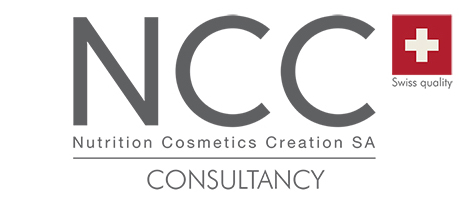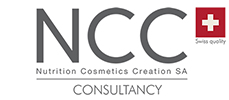“Natural” cosmetic products are on the rise. A few years ago, a product containing unprocessed, natural ingredients was called “natural”. But the reality is a bit more complex. So, are you wondering what the difference is between natural, naturally derived or organic cosmetics? This article is for you.
Natural cosmetic products
According to the recommendations of the A.R.P.P (Autorité de Régulation Professionnelle de la Publicité), which came into force on July 1rst 2019:
“A cosmetic product is qualified as a whole as “natural” / “of natural origin” if its natural content / of natural origin, is greater than or equal to 95%.” This qualification is defined in the sense of the ISO 16128 standard or any other standard that is at least as restrictive.
Therefore, if your cosmetic product contains at least 95% of ingredients of natural origin, you can call it “product of natural origin”. (Source Cosmebio®)
Natural cosmetics or natural origin cosmetics ? What is the difference?
Consumers often confuse these different terms.
In order to classify cosmetic ingredients as natural, from natural origin and organic, it is essential to use an ISO standard. Thus, it is neither a law nor a quality label but a means of codifying, defining and harmonising practices.
These categories are defined according to
- the source of the ingredient
- the production process
Natural ingredients
Natural ingredients are cosmetic ingredients obtained exclusively from plants, animals, micro-organisms or minerals through
- Physical processes (such as grinding, drying, distillation),
- Fermentation reactions (which occur in nature),
- Other preparation procedures, including traditional methods (e.g. distillation). Ingredients may not be chemically modified.
Ingredients of natural origin
The difference is significant in terms of the manufacturing process. However, there is often confusion. Indeed, while the natural ingredient comes from nature, the naturally occurring ingredient undergoes molecular transformations.
Moreover, the ISO16128 standard prohibits many transformation processes. For example, we can mention nitration processes and the formation of derivatives using ethylene oxide,…
Do you want to find the percentage of naturalness or natural origin of an ingredient in a finished product? You can contact the supplier of this ingredient who calculates it by different methods.
To go further:
ISO 16128, a standard to harmonise terminologies
ISO 16128 is a standard that aims to harmonise the “natural” and “organic” terminologies used in cosmetics worldwide.
The first part of this standard was published at the end of 2016, ISO 16128-1:2016. In addition, it contains four definitions of ingredient types (we are not talking here about qualifying a finished product, but raw materials only):
Natural ingredient: It is from vegetable, animal and mineral origin. The water is natural.
Organic Ingredient: It is a natural ingredient that meets the country’s organic criteria.
Natural Origin Ingredient: This is derived from natural ingredients by chemical or biological processes. An ingredient is considered to be a natural derivative if it contains more than 50% natural ingredients.
Ingredient of Organic Origin: It is derived from organic ingredients, petrochemicals are forbidden.
Thus, as this is an international standard, ISO 16128 provides two clarifications regarding ingredients:
- GMOs are only allowed in regions of the world that allow them. Therefore, they are not allowed in the European Union.
- Alcohol denaturants are allowed when they are mandatory for tax reasons.
In France, these conditions already exist and are notably included in the A.R.P.P. rules:
- A natural cosmetic product must contain at least 95% natural ingredients or natural derivatives.
- An organic cosmetic product contains only organic ingredients or complies with the public specifications of private labels.
Furthermore, labels such as “COSMOS” can always include additional requirements in their specifications. Thus, they can certify products and apply a logo on.
From now on, the natural cosmetics market is better supervised and controlled, and consumers are better guided. However, finding functional ingredients in nature, such as emulsifiers or preservatives, remains very difficult.
To read too:
- White label, a solution?
- Probiotics: What is this new trend consisting of bacteria for In & Out use?
- Cosmetic Packaging: Airless, bio-sourced & refillable for greener products
- Cosmetics: towards green formulation
- Powdered cosmetics, a trend to follow?
- Regulation and development of cosmetic ranges or well-being products
Do you want to develop new products? Discover our free In&Out product catalogue!




